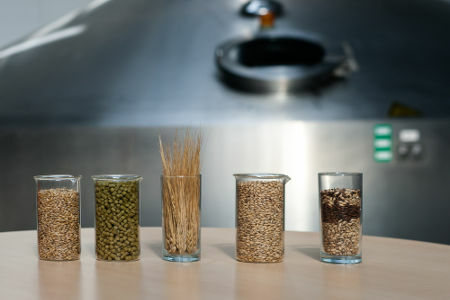THE obesityis a chronic disease characterized by excessive accumulation of fat in the body, accumulation responsible for a series of problems in health. This disease affects both children and adults, and it is important to highlight that obese children are more likely to become obese adults.
In this text we will address the Child obesity, highlighting its causes and consequences and presenting some relevant data about the problem.
Read too:Infant feeding - according to age and food tips to avoid
Causes of childhood obesity
Childhood obesity can have different causes, as it occurs due to an association between factors genetic, behavioral and environmental. Although it can occur, for example, due to changes hormonal, two of the main factors responsible for its development are the incorrect eating habits it's the sedentary lifestyle.

Currently what we observe is a increased consumption of high-fat foods, in carbohydratesit's from
ultra-processed foods. the calls fast food, that sell food, usually, very caloric, have been gaining more and more space in a society that often has little time to prepare their meals. As a result, we have less and less healthy food being offered to our children.In addition to having an inadequate diet, it is very common to see children spending hours watching television, playing video games or simply surfing the internet on their smartphone. Those sedentary habits are increasingly present in the lives of young people, strongly contributing to the development of childhood obesity.
How is childhood obesity determined?
Generally, to determine whether or not an individual is obese, the Body mass index (BMI), however, this index not suitable for children and teenagers. According to the Ministry of Health, more parameters are used for this group, and, in addition to analyzing the BMI, what should be made according to age, factors such as height for age, weight in relation to height and weight in relation to age.
Read too: Limitations of Body Mass Index (BMI)
Consequences of childhood obesity
Childhood obesity is a serious health problem that must be treated seriously. She may be responsible for the onset of chronic diseases in the individual's adult life, as is the case of the high pressure and diabetes. Let's not forget that childhood obesity triggers hypercholesterolemia (high levels of cholesterol at the blood), diaper rash, dermatitis,and orthopedic and respiratory problems.
Obesity can still trigger psychological problems, as many overweight children suffer from bullying and with difficulty in accepting one's own image. Therefore, obesity can cause depression, social isolation and low self-esteem. Therefore, we can see that childhood obesity goes beyond simple aesthetics.
Read more: HDL and LDL - lipoproteins that guarantee the circulation of cholesterol in our body
What to do to prevent childhood obesity?

Childhood obesity can be fought with the adoption of very simple lifestyle habits. See, below, some tips to have a healthier childhood and fight this health problem:
Perform more outdoor games and spend less time watching TV, playing video games or surfing the internet;
Play sports;
Include vegetables, legumes and fruits in the diet;
Reduce consumption of foods rich in fat and carbohydrates, such as French fries, hamburgers, cakes, sweets and stuffed cookies;
Establish times for meals and not "snap" between them;
Sleep well;
Make routine medical appointments to assess whether other factors may be contributing to your weight gain.
Read too:Sugar in food – five tips and consequences
Childhood Obesity Data
See, in the table, some important data on childhood obesity:
Child obesity |
|
By Vanessa Sardinha dos Santos
Biology teacher
Source: Brazil School - https://brasilescola.uol.com.br/saude/obesidade-infantil.htm


